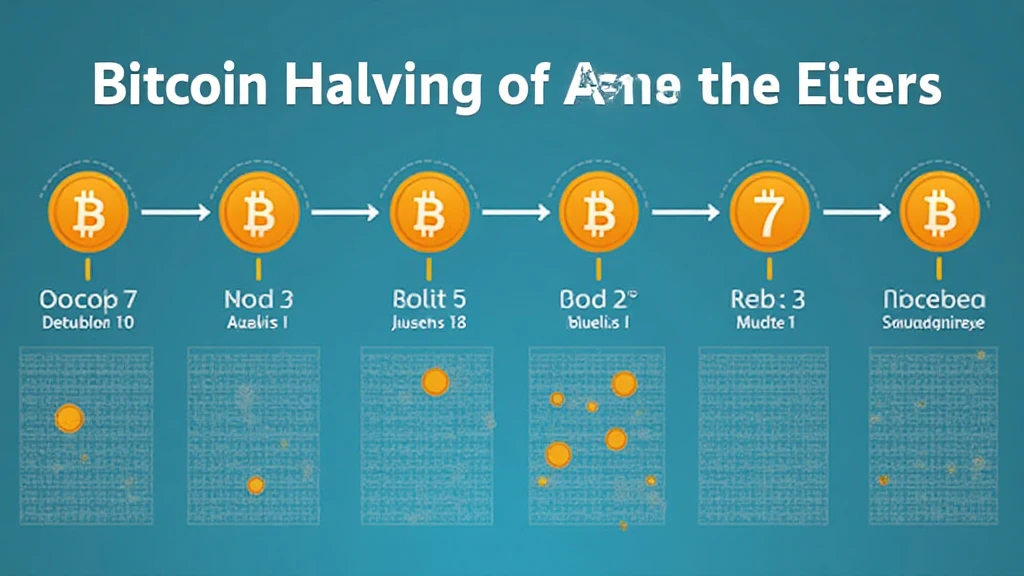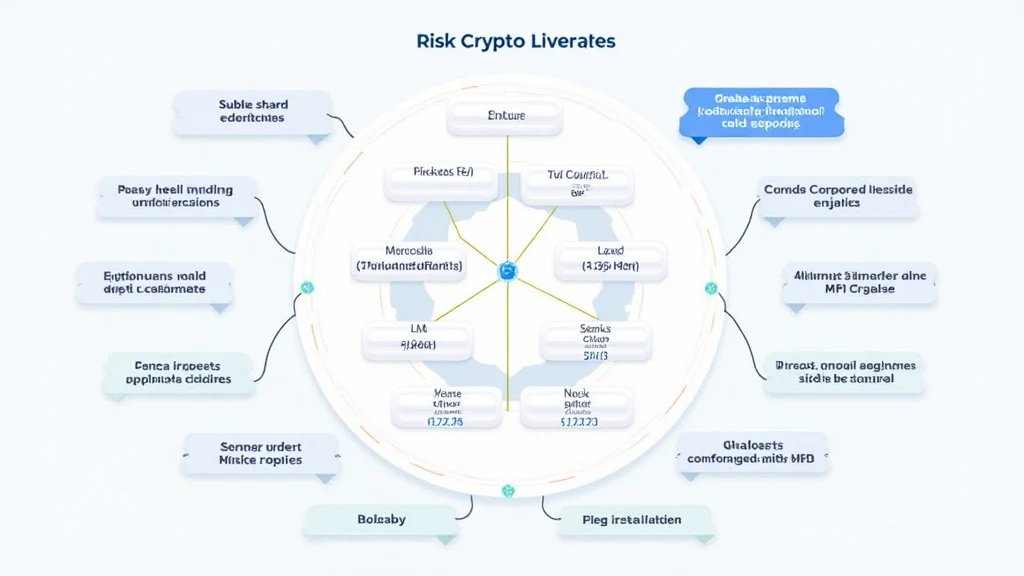The Economic Impact of Bitcoin Halving: A Deep Dive
With over $4.1 billion lost to DeFi hacks and scams in 2024, the cryptocurrency industry is on the brink of transformation. One significant event that could reshape this landscape is the Bitcoin halving. But what exactly is the halving, and how does it impact the economy surrounding Bitcoin and other cryptocurrencies?
In this article, we aim to break down Bitcoin halving and explore its economic implications, focusing on both global and local perspectives, specifically concerning the growing Vietnamese market. Let’s dive in!
What is Bitcoin Halving?
Bitcoin halving is a process which takes place approximately every four years, cutting the rewards miners receive for adding a new block to the blockchain in half. This event is coded into Bitcoin’s algorithm and is a vital part of its economic model.

- Initial Reward: When Bitcoin first launched, miners received 50 BTC for each block mined.
- First Halving (2012): Reduced the reward to 25 BTC.
- Second Halving (2016): Reduced it again to 12.5 BTC.
- Third Halving (2020): The reward dropped to 6.25 BTC.
- Next Halving (2024): Expected to halve the reward to 3.125 BTC.
This built-in scarcity is fundamental in determining the long-term value of Bitcoin, and understanding it can help potential investors gauge the market’s direction—especially in countries like Vietnam, where interest in cryptocurrencies is rapidly rising.
Economic Implications of Bitcoin Halving
The economic implications of Bitcoin halving are multifaceted and can impact the market in various ways.
Supply and Demand Dynamics
As the halving reduces the number of new Bitcoins entering circulation, the basic laws of economics suggest that if demand remains steady or increases, prices should rise. In fact, historical data shows that Bitcoin prices often surge in the months following a halving event.
- Post-2012 Halving: Prices increased from around $12 to over $1,000 within a year.
- Post-2016 Halving: Bitcoin saw prices rise from around $600 to $20,000 during the following 18 months.
- Post-2020 Halving: Bitcoin reached an all-time high of nearly $64,000 in 2021.
This pattern indicates that Bitcoin halving is a significant driver of investor excitement and can influence speculative trading.
Market Volatility
While price increases are a common response to halving, the cryptocurrency market is infamous for its volatility. This phenomenon can lead to significant price swings before and after a halving event, making it essential for investors to approach the market with caution.
Investors will need to consider their risk tolerance and investment strategies, especially in emerging markets like Vietnam, where local regulations and investor sentiment can drive different market behaviors.
Main Factors Influencing the Impact of Halving in Vietnam
The economic impact of Bitcoin halving isn’t uniform across the globe. Vietnam has its unique set of factors that contribute to its response to Bitcoin halving.
Increasing User Adoption
Vietnam has seen a dramatic increase in cryptocurrency adoption. Reports indicate that the number of crypto users in Vietnam has jumped by over 150% from 2020 to 2023, making it one of the fastest-growing markets worldwide.
This increasing number of cryptocurrency users means that as Bitcoin halving approaches, there is a substantial number of potential new investors that can affect demand.
Regulatory Environment
The Vietnamese government has been evaluating its stance on crypto regulations. While there are currently restrictions, a shift in regulations could open up the market even more, amplifying the effects of Bitcoin halving on local prices.
Local Market Dynamics
The local dynamics also play a crucial role. Vietnamese users may have different responses to market news compared to global sentiment. Cultural factors, as well as investment goals, shift local reactions to events like Bitcoin halving.
How to Prepare for Bitcoin Halving
Investors, both seasoned and new, should prepare strategically for the upcoming Bitcoin halving.
- Research Market Trends: Stay informed on not just Bitcoin but the entire cryptocurrency market.
- Diversify Investments: Consider investing in other cryptocurrencies, especially altcoins that may gain popularity after Bitcoin’s price rises.
- Use Reliable Tools: Utilize tools such as Ledger Nano X to manage risks associated with hacks, which can reduce potential losses.
Understanding how to navigate both global and local market conditions is crucial for maximizing potential gains.
The Future of Bitcoin and its Economic Impact
The future of Bitcoin post-halving is often a topic of intense speculation. Will the price continue to rise, or will the market face corrections?
Historical trends suggest that while Bitcoin may experience short-term volatility, the long-term outlook post-halving generally favors price support driven by scarcity. Still, caution is warranted, particularly for investors in rapidly-adapting markets like Vietnam.
- Projected Prices: Analysts predict Bitcoin could reach $100,000 by late 2025 if historical trends continue.
- Potential New Regulations: Future changes in infrastructure could change market dynamics significantly.
Conclusion
Bitcoin halving is a pivotal event that significantly influences the economic landscape surrounding cryptocurrencies. Its impact is felt globally, but local factors—such as adoption rates and regulatory environments—play a critical role in shaping market responses, especially in emerging markets like Vietnam.
As we approach the next halving event in 2024, it’s crucial for investors to prepare thoughtfully, leveraging the unique conditions within their local markets.
Your engagement and understanding of Bitcoin halving can lead to informed investment decisions that help navigate the complexities of the cryptocurrency market. Stay informed, stay safe.
For more insights into cultivating your cryptocurrency knowledge, check out cryptosalaryincubator.





